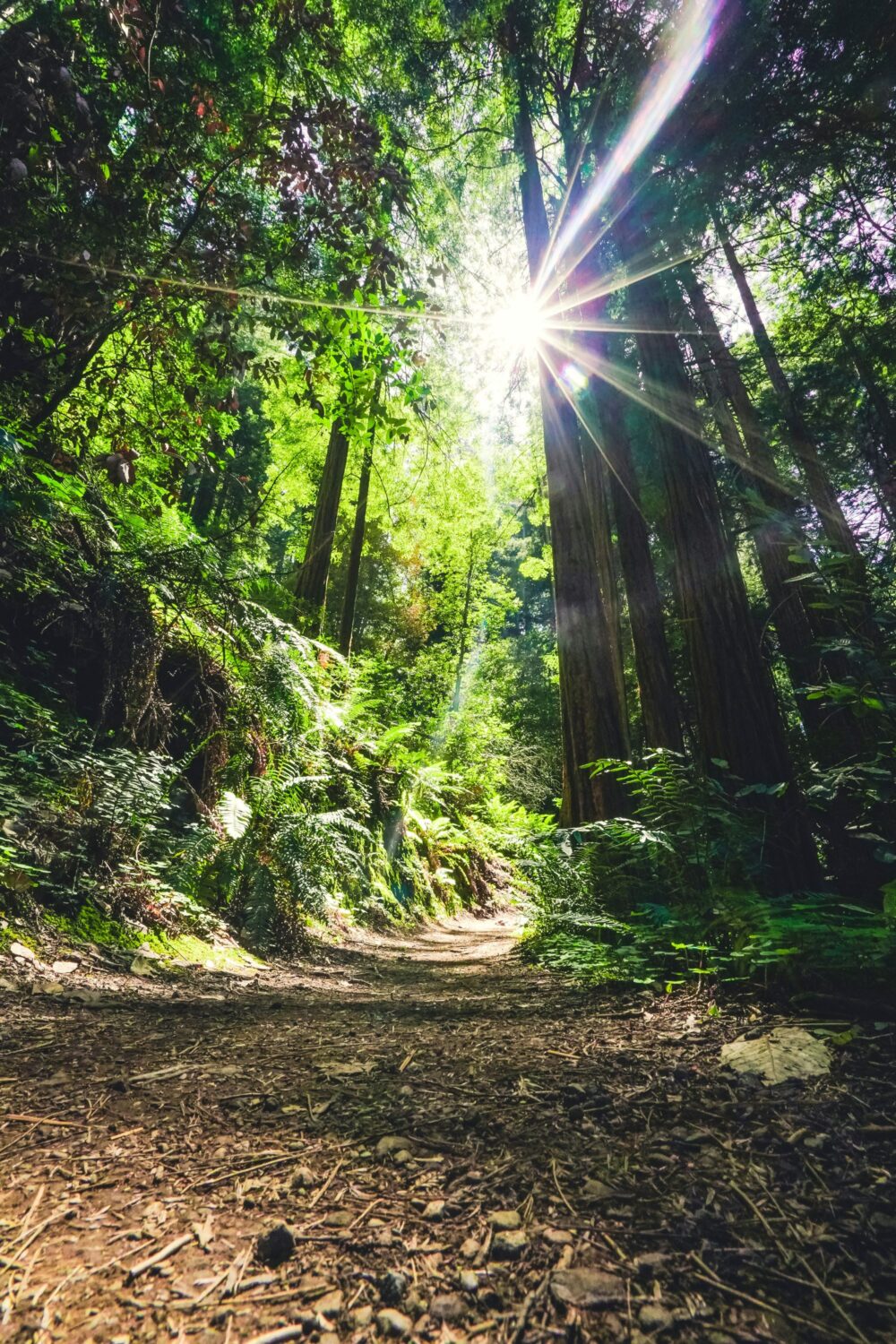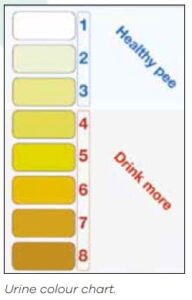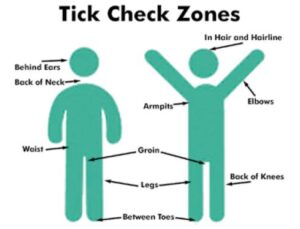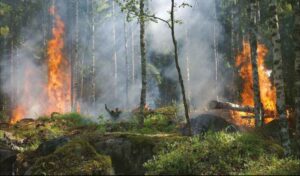July 2022 heat records were broken with 40 degrees being reached in the UK for the first time with much of the country in drought. Contrasting with the wettest 18 month period ever recorded from October 2022 to March 2024.
This huge variability means it is harder to be sure what this summer will hold for us. To cover all weather bases below are a variety of short seasonal reminders:
Sun burn
Cancer caused by what people do at work is nothing new. The first case of an occupational cancer in the UK was identified in 1775 – ‘soot wart’, a skin carcinoma suffered by chimney sweeps who were diagnosed as young as their late teens. It took another 150 years to find out that it was down to a carcinogen found in coal soot. Today Non-Melanoma is the second most common diagnosed work related cancer.
What are the risks?
Skin cancer is one of most common forms of cancer in the UK. Too much exposure to UV radiation from the sun can cause skin damage including
sunburn, blistering, skin ageing and in the long term could lead to skin cancer. Those with a family history of skin cancer (and those with pale skin/fair hair) may be more at risk.
Don’t be complacent about exposure to UV from the sun, even on cloudy days or through a tree canopy, exposure can be higher than you expect. Simple advice for outdoor workers:
• Keep your top on! Cover up by wearing appropriate clothing.
• Stay in the shade whenever possible, especially during breaks.
• Use a high-factor sunscreen (at least SPF15).
• Watch for symptoms that include: appearance of new moles or spots, changes to shape, sizecolour of moles and spots or if they itch or bleed
(seek medical advice).
• Drink plenty of water to avoid dehydration
Dehydration
With summer around the corner and the warm and dry weather on the way (hopefully), it’s never been more important to stay hydrated. Dehydration can have serious consequences for us, both in our ability to regulate our body temperature and our cognitive and physical performance.
Without sufficient water levels, heat cannot be released via sweat, body heat is trapped leading to a rise in your core body temperature. This increases the risk of heat exhaustion, possibly leading to heat stroke.
Becoming dehydrated can also affect your ability to work safely by impairing your mental abilities and physical performance.
A 1% reduction in hydration can lead to a 12% reduction in productivity, as well as reductions in concentration, thinking skills and fine motor skills. Not ideal when operating machinery and equipment
Dehydration effects can be minimised by frequently drinking cool water (rather than tea, coffee or carbonated drinks) in small volumes to compensate for water and metabolite losses due to sweating.
Thirst is not a good indicator of dehydration – rather it should be considered an early indicator that you are starting to suffer from the effects of dehydration.
Another way to tell if you need to drink more is to look at how often you’re urinating and what colour it is. If you’re drinking enough, your urine should be pale yellow. If you don’t need to go as often as usual, you only pass a small amount each time and it’s dark in colour, it’s likely that you’re dehydrated.
Sun glare when checking above
As the days lengthen and the sun hopefully comes out more, sun glare can become a problem.
Have you ever stopped to think about this?
How often do you have to squint at what you are looking at to reduce sun glare?
How much does that impede your vision of what you are looking at?
In our work it is essential that you have a good view of your surroundings, whether that is spotting members of the public when operating machinery, or vitally, to be able to see well enough the condition of the surrounding trees and canopy when operating a chainsaw.
It can be hard to keep disciplined in this when you have already felled many trees safely that day, and the days and weeks before also, but seeing clearly or not can literally be the difference between life and death. Sun glare makes this clear sightlines harder, but we must take that time, step to one side to get a better view and ensure we have properly assessed our surroundings.
Ticks
The current climate seems to have been very beneficial to the tick population and we are seeing increasing reports of tick
bites.
The most important control if you are bitten is to identify and safely remove ticks as soon as possible. All first aid kits on Tilhill Forestry sites should contain tick removers.
Repellant sprays can help reduce the number of ticks and users of treated clothing report its high effectiveness.
Wildfire
Wildfire season is just around the corner and we have seen in recent years a seeming increase in wildfires. This may be due to the increased numbers of the public enjoying the countryside. Although wildfires can be started naturally the majority are caused by people, either
accidentally or deliberately.
Since lockdowns, when people accessed their local areas more and enjoyed UK breaks as alternatives to travel abroad, we have had more members of the public enjoying the countryside. We see this in the media reports of roads being blocked in National Parks by inconsiderate parking.
It seems a key risk factor has been portable and/or disposable BBQs. Many areas have implemented a ban on them.
Consider your sites and the potential for public access. Is there more that can be done to minimise the risk of a wildfire, started by careless actions. We must also think about machine fire risk. This increases in the warmer and dryer weather. Are machines properly maintained with oil leaks fixed, wiring in good condition and any build up of forest debris regularly cleaned out.
Intense rainfall
We have noted an increased frequency in intense rainfall events. Sudden bursts of high volumes of rain. In urban areas these often cause flash flooding. The same can happen in the forest when the drainage system becomes overwhelmed.
It is important to ensure that culverts and drainage ditches are kept free of obstructions at all times to allow them to function correctly. New drainage systems should be designed with this in mind.
Public Safety
Come rain or shine we can expect an increase in visitors to sites through the school holidays. We must review our controls for public safety and segregation from our works. These controls may need to be increased during the holiday period, and consideration given to working in areas further away from public access routes during this time to reduce risk.







